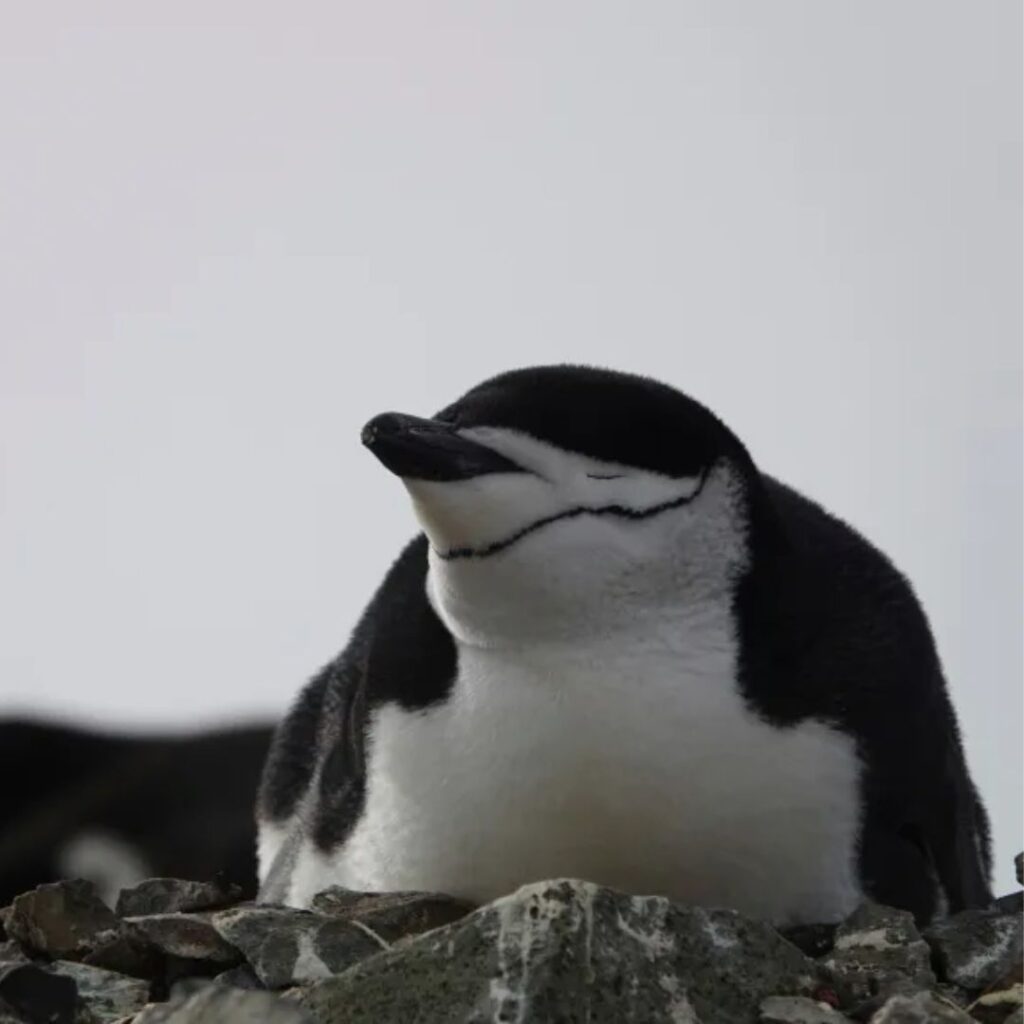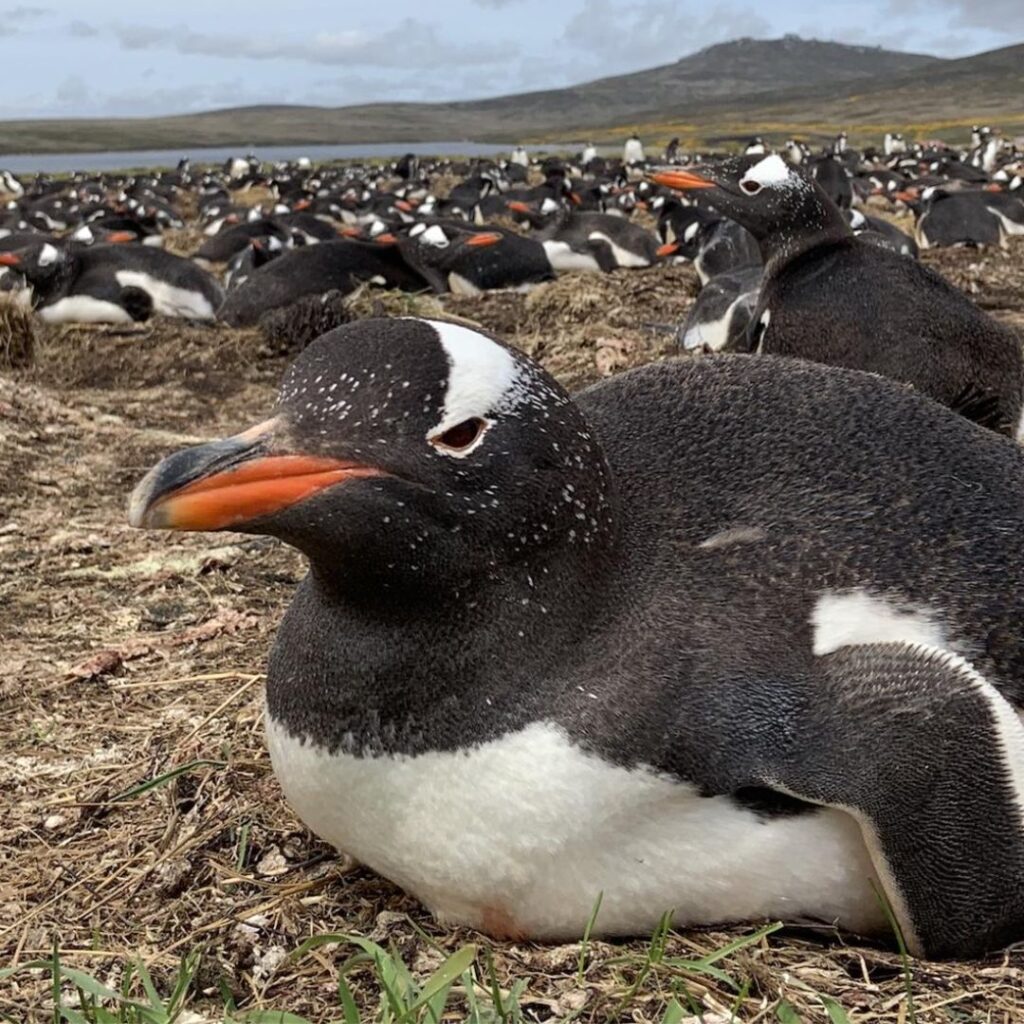
The Galapagos penguin, a charming resident of the famous Galapagos Islands, fascinates nature enthusiasts with its ability to thrive in tropical waters. One of the most intriguing aspects of these penguins is their diet, which plays a crucial role in their survival in this unique ecosystem. Let’s dive into the world of Galapagos penguin cuisine and discover what keeps these remarkable birds swimming and thriving.
Primary Diet: Small Fish
Galapagos penguins primarily feast on small fish. Their diet consists mainly of:
1. Anchovies: These small, silvery fish form a significant part of the Galapagos penguin’s diet. Anchovies are abundant in the cool, nutrient-rich waters around the Galapagos Islands.

2. Sardines: Another favorite meal for these penguins, sardines provide essential nutrients and energy.
3. Mullets: These fish, found in coastal waters, offer a tasty treat for hungry penguins.
4. Horse mackerel: Also known as scad, these fish contribute to the penguins’ varied diet.
Also Read: Why Is the Galapagos Penguin Endangered?
Secondary Food Sources
While small fish make up the bulk of their diet, Galapagos penguins also consume other marine creatures:
1. Squid: These cephalopods provide an occasional change from the penguin’s fish-heavy diet.
2. Crustaceans: Small crustaceans like krill sometimes find their way into a Galapagos penguin’s meal.
Hunting Techniques
Galapagos penguins are skilled hunters, perfectly adapted to catch their slippery prey. They employ several techniques to secure their meals:

1. Diving: These penguins can dive up to 30 meters (98 feet) deep to chase fish. Their streamlined bodies and powerful flippers make them agile swimmers.
2. Speed swimming: Galapagos penguins can reach speeds of up to 35 kilometers per hour (22 mph) when pursuing prey.
3. Group hunting: Sometimes, they hunt in small groups, working together to corral schools of fish.
4. Coastal feeding: Unlike many penguin species, Galapagos penguins often feed close to shore, taking advantage of the rich coastal waters.
Feeding Habits
Galapagos penguins have developed specific feeding habits to suit their environment:

1. Daytime feeding: These penguins typically hunt during the day, when they can spot fish more easily in the clear waters.
2. Short foraging trips: Due to the abundance of food near their nesting sites, Galapagos penguins usually don’t need to travel far to find meals.
3. Opportunistic feeding: They adapt their diet based on the availability of different fish species throughout the year.
Diet Challenges
The Galapagos penguin’s diet faces several challenges:
1. El Niño events: During El Niño years, warm waters reduce fish populations, making it difficult for penguins to find enough food.

2. Overfishing: Human fishing activities can deplete the penguins’ food sources, especially anchovies and sardines.
3. Climate change: Shifting ocean temperatures affect fish distribution, potentially altering the penguins’ food supply.
Adaptations for Fishing
Galapagos penguins have several adaptations that help them catch their slippery meals:
1. Excellent vision: Their eyes are adapted for seeing clearly underwater, helping them spot fish even in dim light.
2. Hooked beak: The slightly hooked tip of their beak helps them grip fish securely.
3. Barbed tongue: Tiny barbs on their tongues assist in holding onto wriggling fish.
4. Flipper power: Their strong flippers propel them through the water with impressive speed and agility.

Feeding the Chicks
Galapagos penguin parents share the responsibility of feeding their chicks:
1. Regurgitation: Adults catch fish and partially digest them, then regurgitate the meal for their chicks.
2. Frequent feedings: Young chicks require multiple feedings per day to support their rapid growth.
3. Gradual independence: As chicks grow, parents begin to bring whole fish back to the nest, teaching the young to handle their own food.
Conservation and Diet
Understanding the Galapagos penguin’s diet is crucial for conservation efforts:
1. Protected areas: Establishing marine protected areas helps preserve the penguins’ fishing grounds.

2. Fishing regulations: Implementing sustainable fishing practices ensures enough fish remain for the penguins.
3. Monitoring programs: Regular surveys of fish populations help scientists track the penguins’ food supply.
Also Read: 11 Fun Facts About Galapagos Penguin
Conclusion
The diet of Galapagos penguins, consisting mainly of small fish like anchovies and sardines, plays a vital role in their survival. These unique birds have adapted their hunting techniques and feeding habits to thrive in the tropical waters of the Galapagos Islands. However, challenges such as climate change and overfishing threaten their food supply.
Understanding what Galapagos penguins eat not only satisfies our curiosity about these charming birds but also highlights the importance of protecting their marine ecosystem. By preserving their food sources, we can help ensure the survival of this endangered species. The Galapagos penguin’s diet serves as a reminder of the delicate balance in nature and the need for responsible stewardship of our oceans.
Pingback: Galapagos Penguin - Everything You Need to Know
Pingback: What Is the Biggest Threat to Penguins?